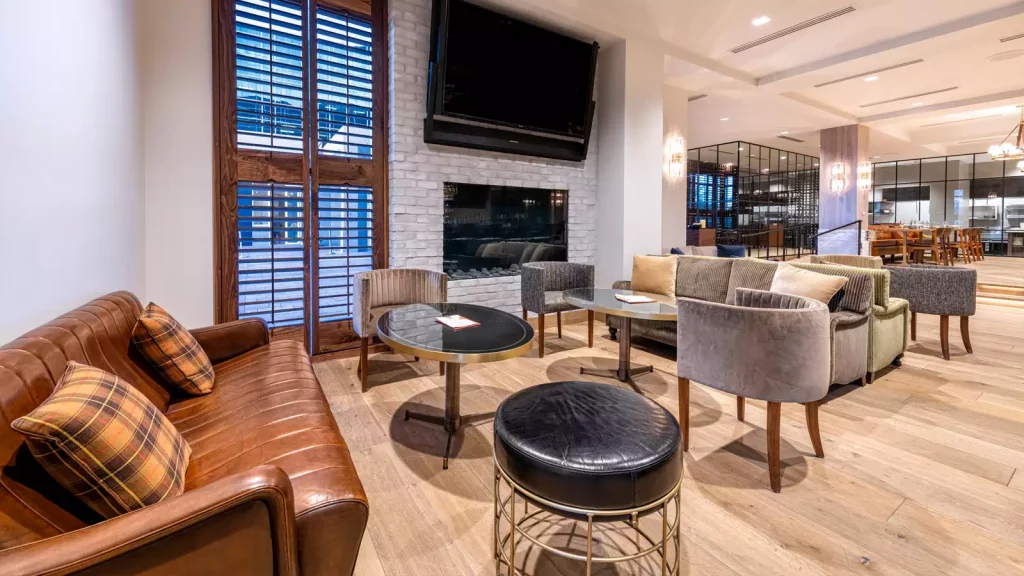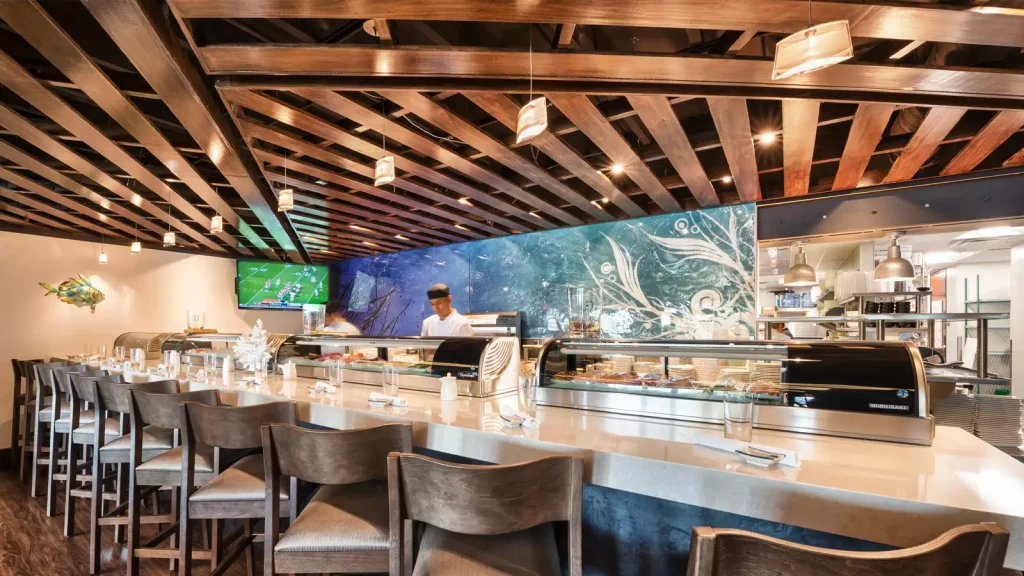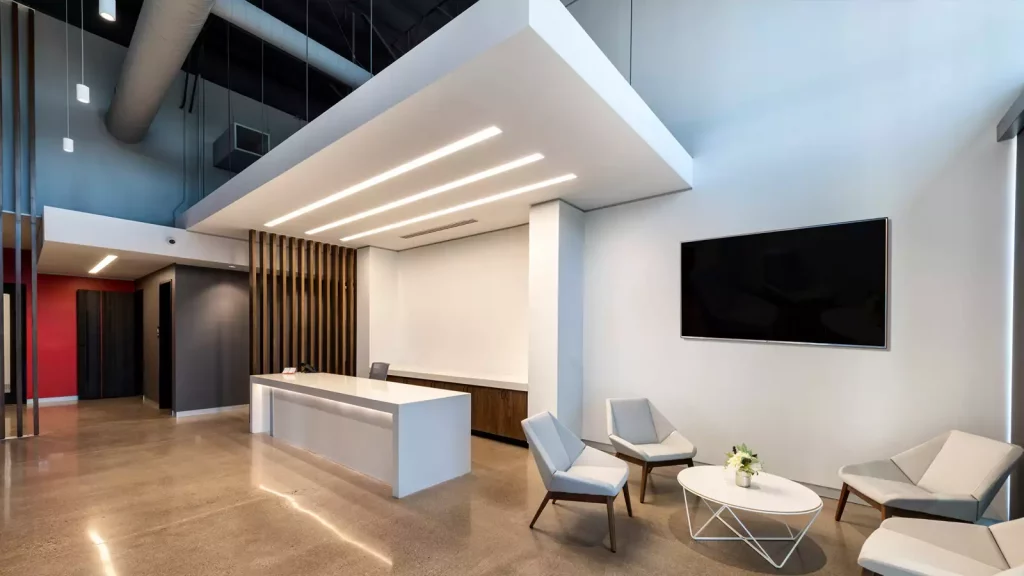When looking at the sectors in which we build (industrial, mixed-use, office, retail/hospitality, medical, and tenant improvement), demand still remains across almost all of them. There is an expected 14.3 percent growth in nonresidential construction expected for this year, before slowing down going into 2023. Office, retail, and hospitality, in particular, are all expected to grow into next year, with warehouse construction slowing because of a drop in demand for household goods.
Construction Labor
Training and mentorship are filling the skilled labor gap, increasing team member retention. Additionally, compensation has been on the rise, making the construction trade a more attractive employment option. The construction unemployment rate is now well lower than the pre-pandemic levels and the sector is filling more positions. Skilled trades, however, continue to struggle to recruit the younger generation to fill the gap left by early retirees from the pandemic.

Supply Chain
Despite inflation, demand for construction remains high as recent developments in the shipping industry point to decongestion in the supply chain. Ports are seeing shorter wait times and the trucking industry appears to be rebounding with more drivers to share the load. Delays will continue to linger, and we can expect the construction of local semiconductor plants and the Infrastructure Investment and Jobs Act to be additional factors to consider for non-government projects that require the same materials, like concrete, for their buildings.

Material Costs
Overall construction volume is expected to grow by 5% over the course of 2022. Final construction costs are expected to remain high for at least another quarter, but as more supply chain solutions are put in place, we can expect material costs to decrease even more. The cost of steel, specifically, is expected to continue its trend downward as 2022 progresses.




